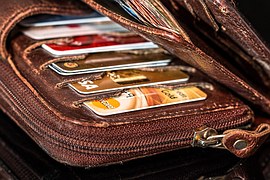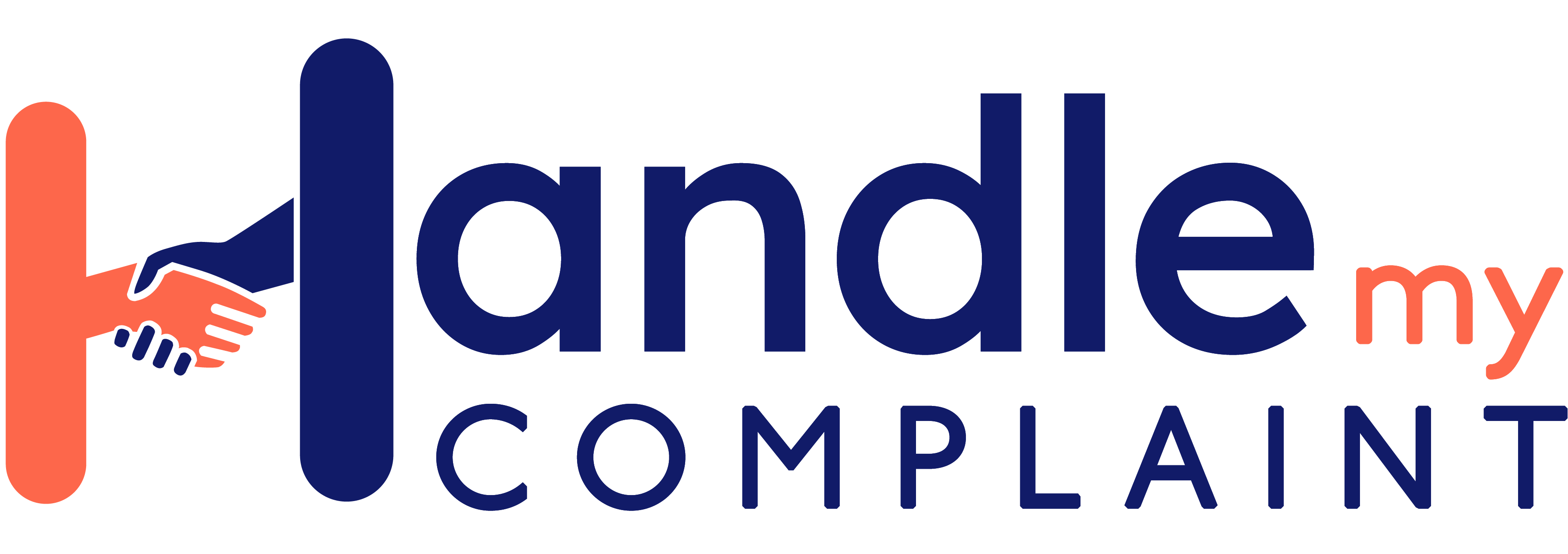
How loyalty programs sucker you into giving up personal information
Last updated on May 23rd, 2022
If you’re not paying for a product, then you might be the product. Wise words to consider next time you're thinking of joining a loyalty program.
We love a freebie, but loyalty programs offering everything from free coffees to discounted flights aren't actually free. Businesses increase their profits with loyalty programs in two ways. A loyalty program encourages you to shop with those participating outlets more than you would otherwise. And the other way is to sell your data, either to market research companies or to other companies that then send you unsolicited emails, instant messages, SMS or MMS also called SPAM.
So are these programs worth the effort or are we being suckered into giving up our personal information for little return?
Q. The big rewards suck us in, but are they actually achievable?
A. It depends on how much you spend. If you don't have a big budget or enjoy the freedom of shopping at many different outlets or hunting down a bargain, you're probably not going to get access to the big rewards. The lesson here is, don't let loyalty programs cost you more than they're worth.
Use the following tips as a guide.
- Don’t buy according to reward points offers. Accumulating reward points should be incidental not dictate your purchasing decisions.
- Compare the cash value of rewards before purchasing items on points to get best value.
- Credit card points give you the greatest flexibility for using points, meaning your most likely to use your points.
- Loyalty programs offering discounts on the actual purchase your intending on making may offer the best value.
- Credit Cards which accumulate points generally have a higher interest rate. Use these cards, if you pay in full each month.
Q. How much personal data are we giving up in exchange for these rewards?
A. A lot. Information on where we shop and what we buy is what these loyalty programs are after. To give you an example, the information collected about shoppers from the Woolworths Everyday Rewards was combined with the information from its insurers car crash database. What they found was customers who drink lots of milk and eat lots of red meat are very very very very good car insurance risks. But customers who eat lots of pasta and rice, also fill their cars with petrol at night and drink spirits, they are not as great drivers.
Q. How can we minimise the amount of data we give away?
A. Absolutely, here's how:
- Dedicated spam account - Create a separate email address for websites you’re interested in but unsure if you’ll receive spam
- Block spam on current account - Investigate (example) [email protected] option for your current email address.
- Are your details for sale - Check if website will sell your details
- Scam alert – clicking an ‘unsubscribe’ link on a scam email might result in more spam or scams contact
What are the rules for spam for emails, instant messaging, SMS and MMS
A. Here they are:
- Must be easy to unsubscribe – instructions clear and visible
- Unsubscribe must be low or no cost
- Unsubscribe links must work for at least 30 days
- Unsubscribe requests actioned within 5 working days
- To report spam - www.spam.acma.gov.au or by calling 1300 855 180.
- Penalty up to $1.1 million






